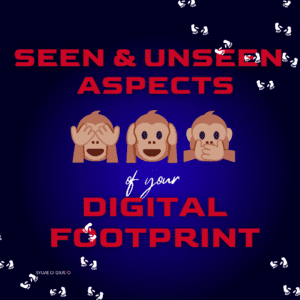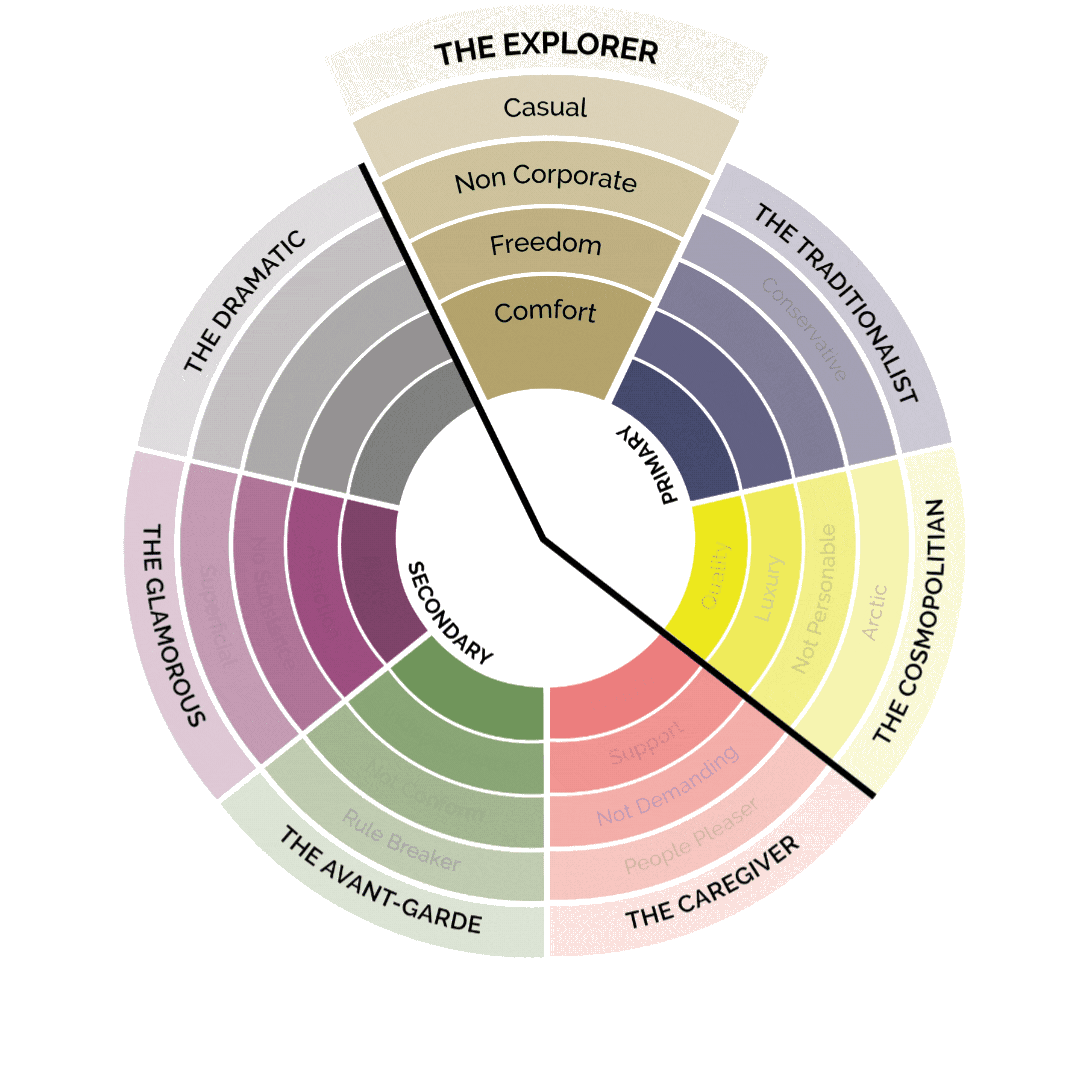First ImpressionS Management and How to Make it Work for You
How can you manage your first impressions?
At work, your first impression can make or break your career. That’s because people tend to form rapid-fire judgments about you based on how you look and present yourself. These impressions matter greatly, as they affect how those in power – decision-makers like managers and senior executives – perceive you.
To make the most of your impression management skills, you must be intentional and proactive in presenting yourself at work. By taking control of your image and professionally presenting yourself, you can set yourself up for success and win the respect of those around you.
Impression management doesn’t mean trying to look or act a certain way. Instead, it’s about being authentic and intentional in your behavior, adapting your approach based on the situation you find yourself in. Some tips for improving your impression management skills include:
Appearance
Some think it’s shallow to judge others based on appearance. But unfortunately, this will be the first thing people notice when they meet you. And while looking 100% isn’t always possible, you will want to take steps to ensure you don’t look sloppy. Visual impression management means being presentable and put together, both in your appearance and the impression of how you carry yourself. The factors that make up your appearance include:
Height and Weight: Obviously, we have no control over our height, although the taller you are, the more imposing you may seem. This can be a deciding factor in whether you choose to wear heels. Weight can be controlled to a point. Looking slim tends to produce a neater appearance, which might even benefit your mental and physical health.
Health: Mental and physical health play a significant role in your appearance. This is another factor we don’t have complete control over. However, doing your best to care for your health will allow you to make a more favorable impression on others. And even if you’re down in the dumps, putting on a smile will help you come across well to others and may even brighten your mood.
Clothes: Everyone has different work environments that dictate the appropriate clothing type. But it’s best to look professional, neat, and stylish whenever possible.
Wardrobe Maintenance: Your wardrobe should be well maintained. Clothing should be clean and stain and wrinkle-free. Keeping your clothes gives others an insight into how you care for yourself, which is essential to impression management.
Accessories: Accessories are details that give others a hint at what you’re all about, from your interests to the impression of wealth and status.
Skin, Hair, Grooming, and Makeup: Your skin, hair, and grooming habits are all impression management factors. A fresh-faced look tends to make a better impression on others than a tired and worn appearance.
Behavior
Looking good is great, but not enough. Thousands of times, every single day, you interact with others. The way you behave will play a massive role in how you come across when you meet people. The impression you make can be influenced by your:
Attitude: Maintaining a positive attitude is advisable, even if you are not feeling particularly cheerful. After all, no one wants to work with anyone who is pessimistic and depressed. And if you try to be positive, you may just elevate your mood.
Charisma: Charisma is a charm or compelling attractiveness that inspires devotion. Some have more charisma than others, but it’s present in all of us. Do your best to turn on the charm to capture that loyalty.
Tics and Habits: Some tics and habits can’t be controlled. But if you have a habit such as cracking your knuckles, nail-biting, excessive blinking, or even whistling or gum chewing, you may want to consider controlling it so that it doesn’t negatively affect impression management.
Emotional Intelligence: Emotional intelligence refers to how well you can assess those around you and how you control your own emotions. Picking up on little cues will make you more empathetic and easier to get along with.
Ethics and Morals: In today’s socially aware world, saying the wrong thing can easily cause you to lose a business deal. Worse yet, it can get you ‘canceled.’ Your ethical beliefs are impression management tools that you can control.
Etiquette: While this may sound like an old-fashioned word, etiquette is essentially just the rules of social interaction. It all comes down to respect and diplomacy.
Communication
Communication refers to how you speak to others and pick up on what they are communicating to you. While speaking often includes spoken words, remember that impression management has nonverbal cues, such as facial expressions and body language.
Active Listening: Active listening involves paying attention and asking questions so you fully understand the message the person is trying to send.
Body Language: The message a person is sending will come across not only in their words but also in their body language. Pay attention to your posture, gestures, and movement to give off a complete picture.
Facial Expressions: Similar to body language, facial expressions play a significant part in communicating the message a person is sending. Pay attention to your eye rolls and looks of annoyance, happiness, and more. Try to control your facial expressions as much as possible.
Voice: The sound and volume of your voice and the pace at which you talk can make you seem excited, angry, enthusiastic, unenthusiastic, and more. Do your best to keep it under control and express positivity whenever possible.
Language Palette: Language palette refers to the words you use. Your palette shows others how educated you are and how well you can communicate.
Communication Habits: These habits include using slang, cursing, and more. Be aware of how often you use these things and try to keep them under control.
Grammar: It’s essential to use proper grammar in both your verbal and written communications. If you don’t, it may cause people to doubt your intelligence and professionalism.
Accents: If you have an accent, be proud of it. However, make sure it isn’t causing you trouble communicating with others or creating a barrier between you and others.
Dialects: Dialects refer to the differences in language over regions. For example, UK English differs from US English. It says something about your origin and story and certainly impacts how others think about you.
Written Communication: With so much of today’s communication taking place via text, DM, or email, it’s important to keep written communication in mind. Always remember that written communication is different from oral as it’s documented, can be forwarded, and viewed by many more—out of your control.
Digital Footprint
In today’s technology-based world, you must be aware of how you come across on digital platforms. Most often, it’s the first impression you make on others. While you cannot control anymore that happens, you can control and manage the impression you make through it.
Email Communication: Emails show someone instantly how much effort you put into your correspondence. They can be forwarded, printed, and saved at any given time. You must keep this in mind when writing your emails.
Search Engines: Every single moment, others could google your name. Be aware of what they will find, and ensure your digital footprint is positive.
Social Media: People are likely to search for you on social media platforms to determine your level of professionality. While it’s okay to include a few pics of yourself having fun with friends and family, refrain from posting photos of yourself engaging in any behavior others may find inappropriate or embarrassing.
Virtual Meetings: Today, a good percentage of meetings happen online. The rules of appearing on screen are not much different than in person. Additional challenges such as technology, lack of non-verbal cues, and more make the impression you create online even more important.
Chats and Forums: While you can use chats and forums to establish yourself as a thought leader in your industry, you must communicate carefully. As with emails, chats and forum posts can be documented and forwarded to others without your knowledge or consent.
Environment
Environment refers to the setting a person sees you in. Your environment includes everything that surrounds you, so it’s difficult to limit it. However, there are a few essential things to remember when trying to establish yourself as a professional in your environment:
Network: The people you network with are part of your environment. Even when they look you up on social media, people will see who your network is. You can create an attractive network environment by networking with reputable people.
Housing and Office: How you create a place you live or work in says a lot about who you are. As such, make sure your home and office reflect you best possible.
Travel and Commuting: How you spend your time away from work, even on your commute, can impact how others view you.
Vacations: Vacations are yours to do with as you please. But how you spend your time on vacation impacts how others perceive you. Others will make assumptions about whether you’re relaxing on the beach, partying with friends, or climbing a mountain.
Hobbies and Sports: When it comes to hobbies and sports, it’s to each their own. But if others see you engaged in a particular hobby or sport, they will make assumptions about you. Whether it’s how active or fit you are, if your hobby is frowned upon by others, or even the impression of wasting your time, it all has an impact.
Media, Music, Film: If you are a fan of controversial art, others will associate you with such art. Even if it doesn’t relate to your profession or background, people can draw conclusions based on what they see or hear. Your film choices or music all affect how others perceive you.
There are certainly a lot of elements to consider when it comes to making a first impression. And you’ll never be able to control all of them. However, if you do not manage at least those impressions you have control over, someone else will. By focusing on the key elements above, you at least have a chance of leaving a positive impression on those you encounter in your professional life. And that’s what impression management is all about – creating and maintaining the best impression possible. At the end of the day, first impression management is not just about presenting yourself in the best light possible – it’s also about being perceived as a competent, reliable professional in your field.
First Impressions Management in a Nutshell

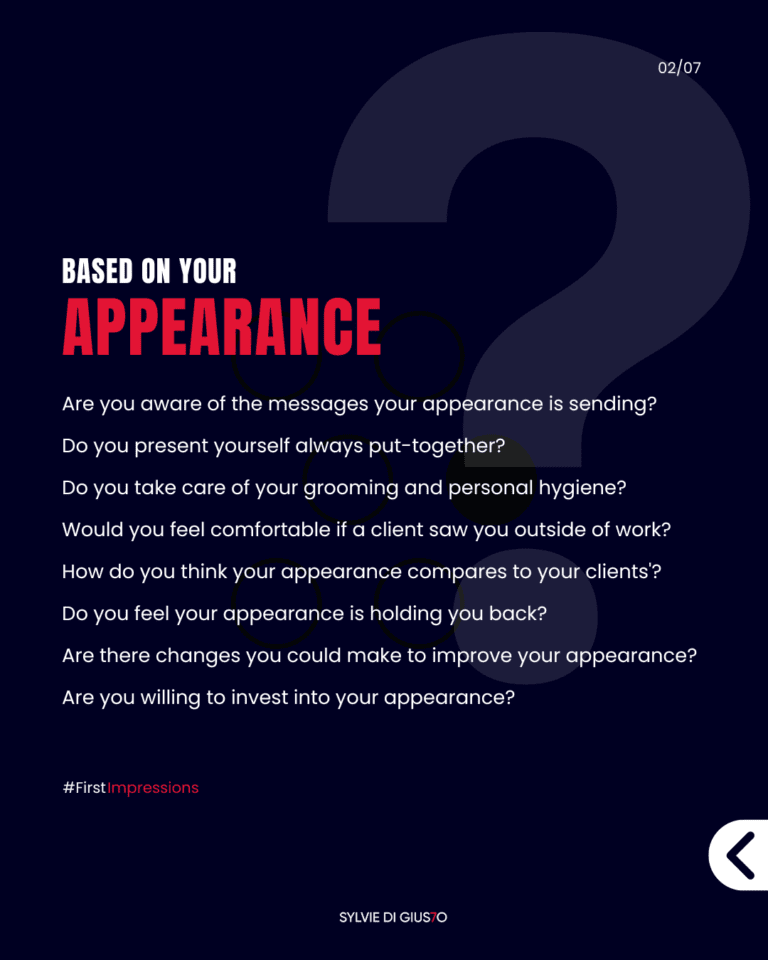
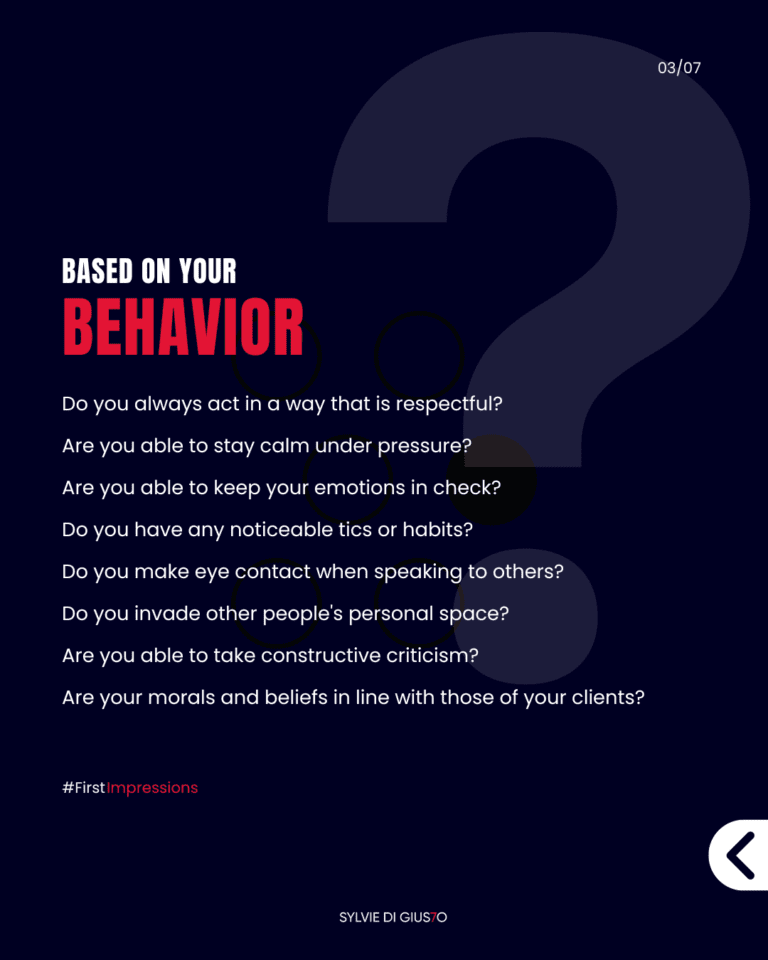
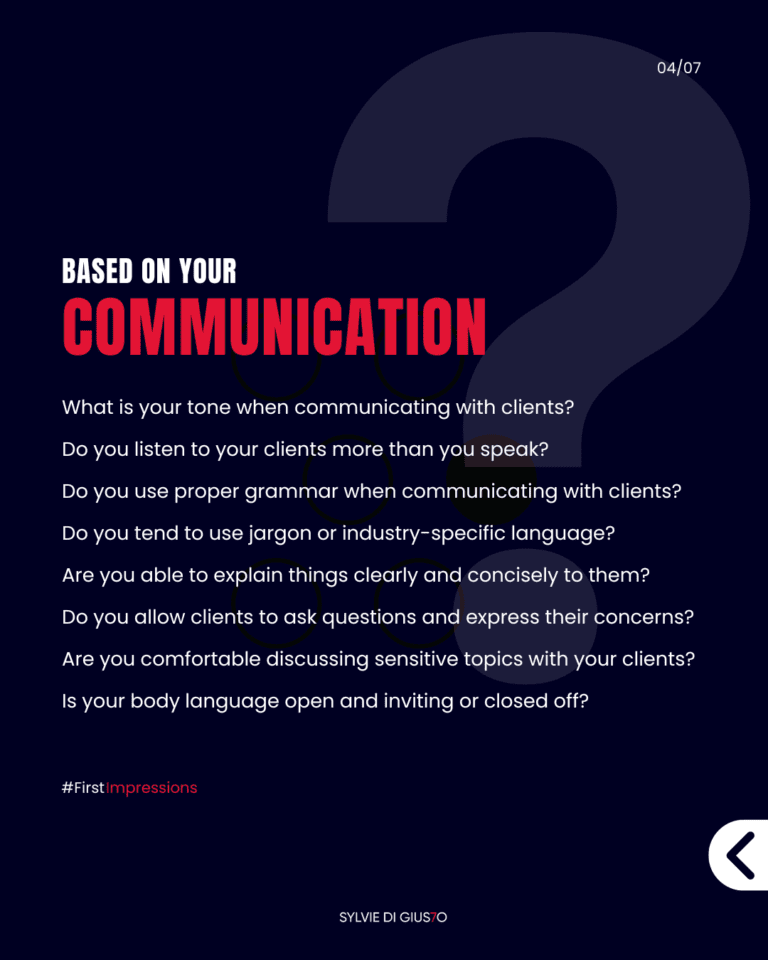
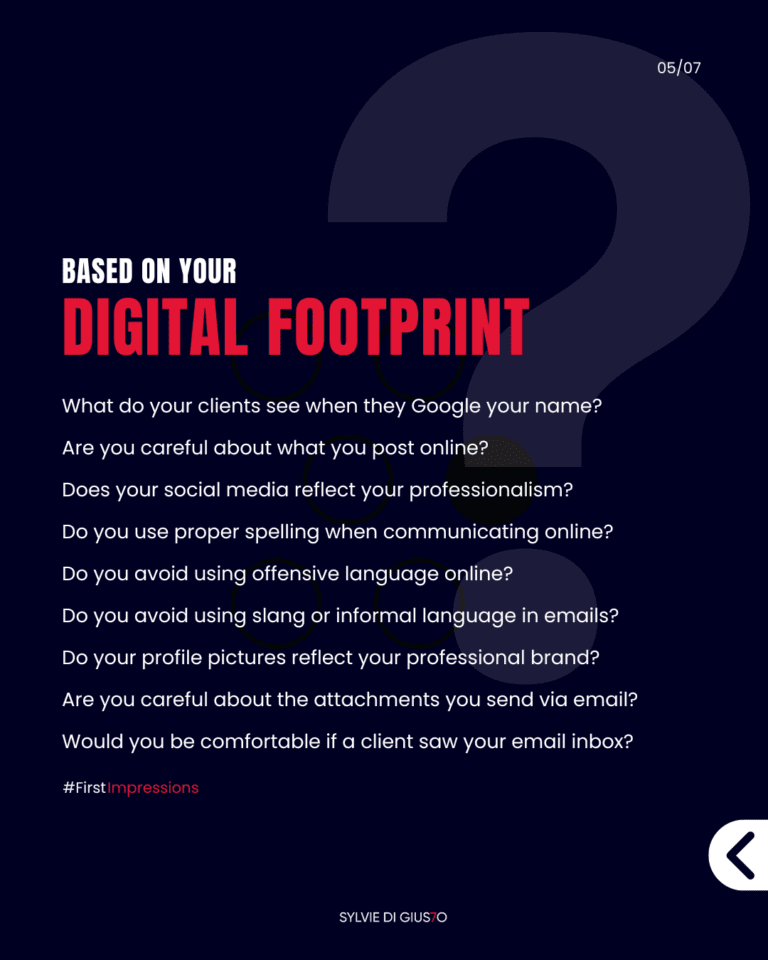
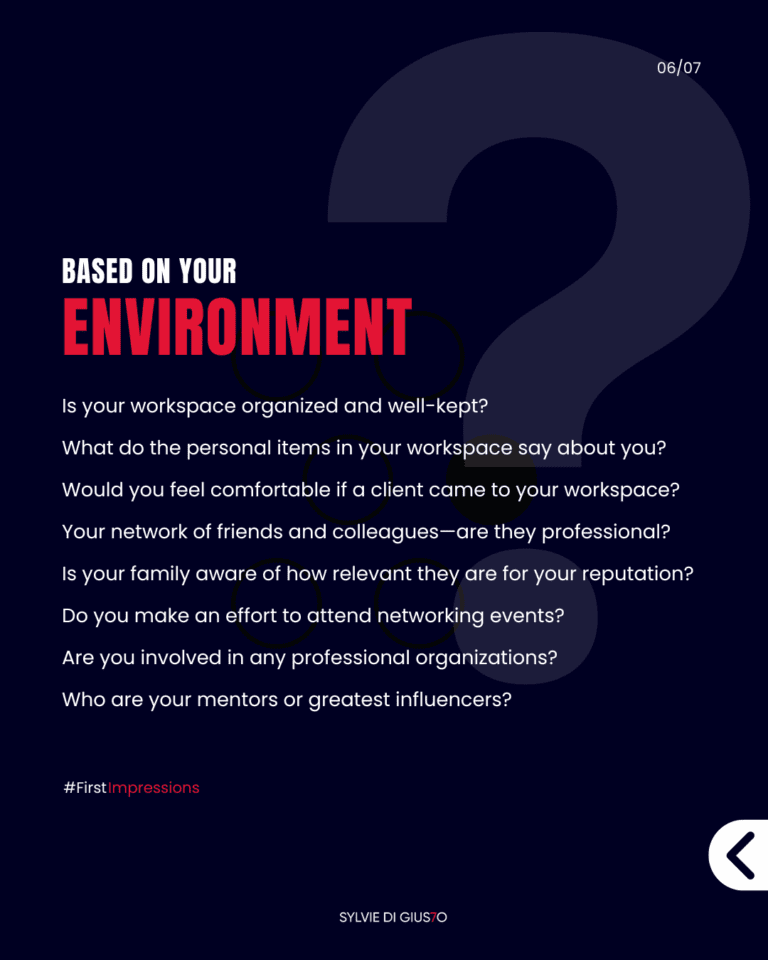
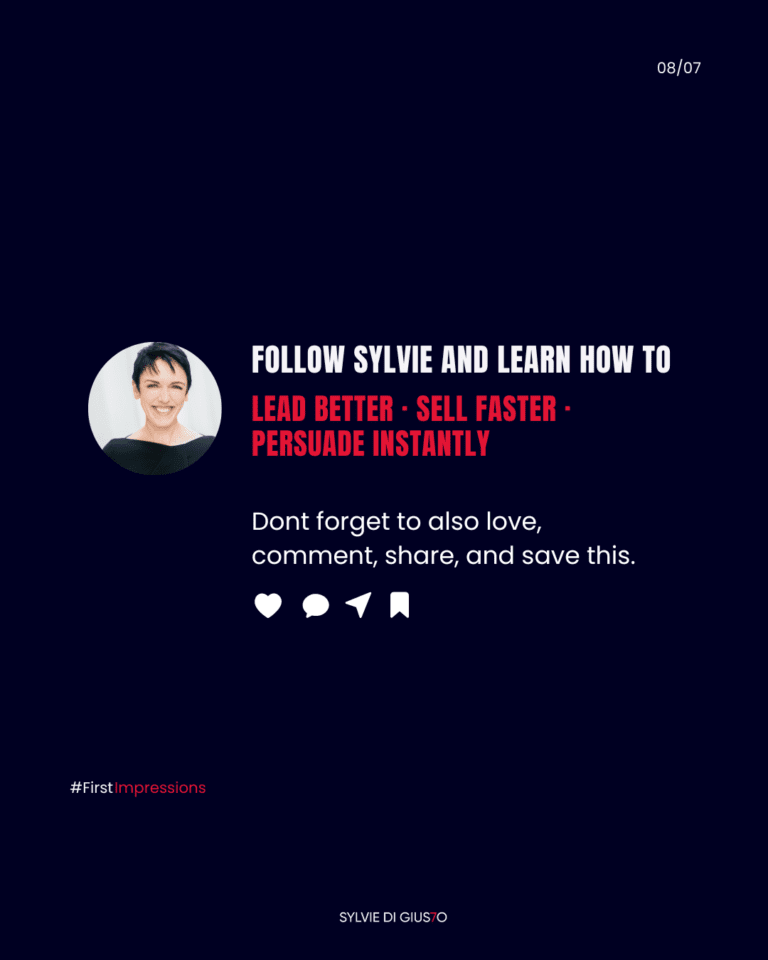
PS: Interested in more content like this? Make sure to follow me on Instagram. It’s where I visualize and publish my thoughts daily. I hope to see you there.


